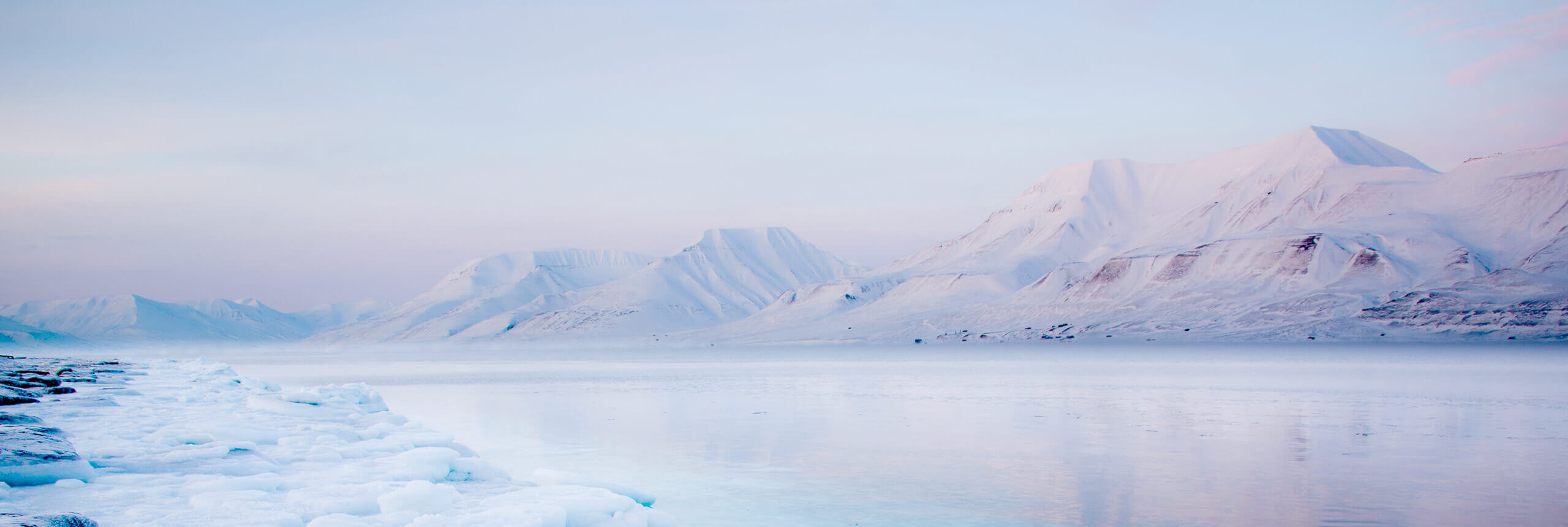Biophilic design in the Arctic: Immersive community co-creation to reconcile well-being and energy performance in Ikaluktutiak architecture
Principal Investigators
Claude MH Demers (Architecture), Marc Hébert (Ophtalmology), Jean-François Lalonde (Electrical and software engineering)
Co-Investigators
Daniel Caja Rubio (Design), Louis Gosselin (Mechanical engineering), André Potvin (Architecture)
Collaborators
David Conciatori (Université Laval), Pampa Dey (Université Laval), Patrice Dion (Université Laval), Martine Dorais (Université Laval), George Drettakis (Inria), Mehlika Inanici (University Of Washington), Thomas Leduc (Centre national de la recherche scientifique-Nantes), Samantha Saville (University Of Cambridge), Myriam Servières (École Centrale Nantes), Daniel Siret (Centre national de La Recherche Scientifique-Nantes)
Partners
Hamlet of Cambridge Bay, Government of Nunavut, Evoq Architecture, OVA, ADSOL.
Abstract
Background. Biophilia defines the innate attractiveness of humans towards nature. This proposal in an evolution of SN2.1 Optimizing biophilia in extreme climates and builds on the local needs of the Ikaluktutiak Inuit (Cambridge Bay) community to build a new cultural and community Center. The project aims to generate new architectural strategies addressing light cycles of the five seasons of the Inuit land related to well-being and low-energy buildings in extreme climates.
We wish to develop frugal and robust low tech-high tech architectural solutions to improve well-being in the Artic. A unique Co-design Virtual- and Living-Lab is proposed as a design tool aiming at achieving well-being and environmental performance in the North. With this innovative co-design methodology, by and for the community, the team acknowledges the endemic knowledge and aspirations of Inuit communities.
A multisensory capture system of environmental parameters will enable the visualization of the biophilic status of existing living spaces. LIDAR tridimensional spatial scans will provide a basis for using augmented reality as a design tool, highly relevant to architectural and building science. Architectural solutions will thus include physical spaces (existing captures from Ikaluktutiak) and digital (new design proposals) that co-exist and interact in real time through virtual and augmented reality. Both the virtual and living labs will be intergenerational, representing all age groups of the Inuit community, particularly the youth (which account for 25% of the population), in decision-making and design autonomy for future Inuit generations.
The Inuit community of Ikaluktutiak is well-known for its resilience and adaptation to challenges through keen interest to vernacular and new technological responses, which is an advantage to empower residents to achieve their goals, and for the research to succeed. The results, in terms of methodologies and design strategies, can be transferred to other Canadian Arctic communities and other regions.

